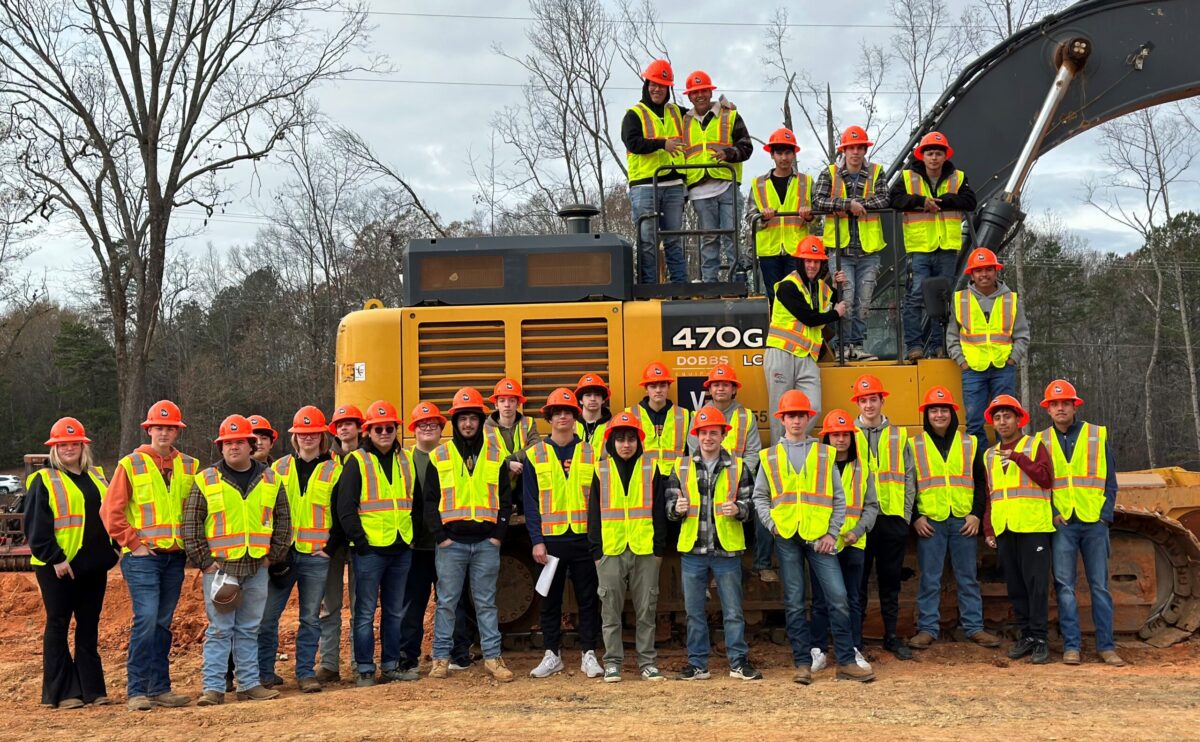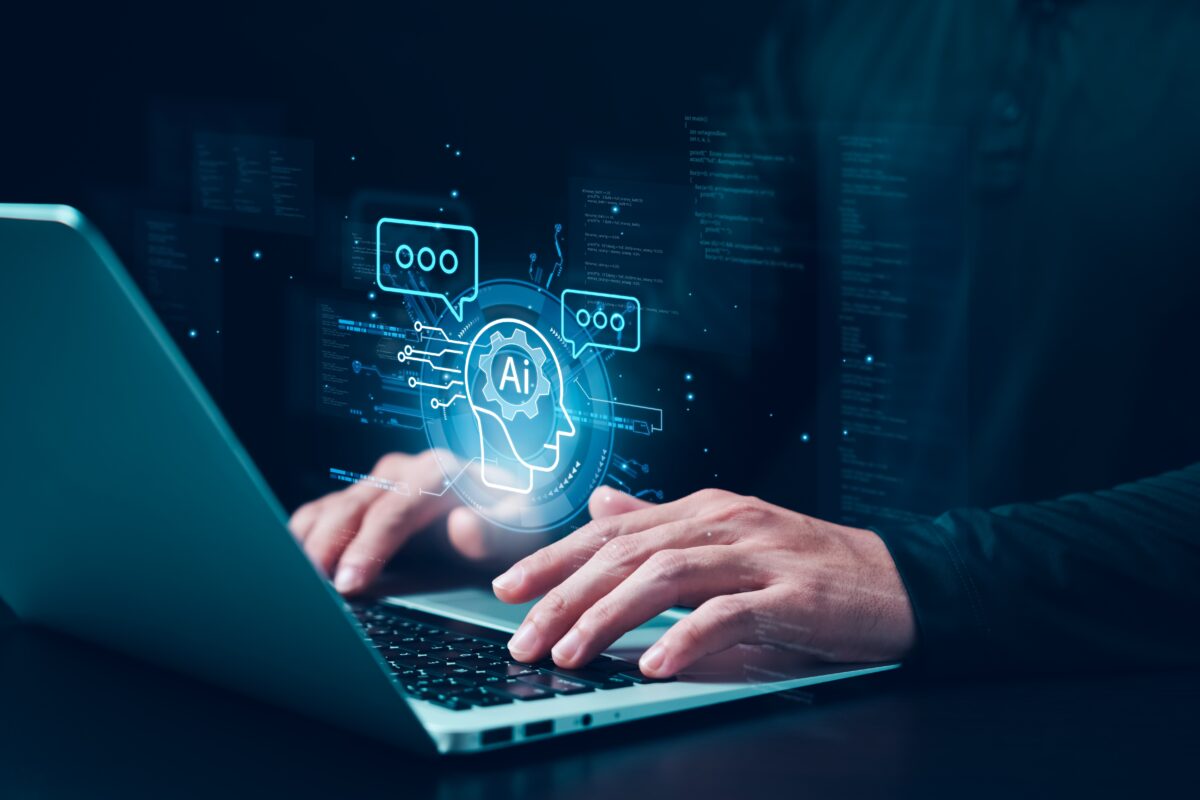
by Jim Hanson, HDR senior transportation technology lead, and Pedram Oskouie, HDR digital delivery AI services lead
Artificial intelligence (AI) and big data are revolutionizing our understanding of transportation systems, empowering leaders to make better informed decisions than ever before. The growth of AI is also providing new efficiencies for project teams by undertaking tedious tasks previously either done manually or not at all.
Over the past decade, new data sources have dramatically increased available information, opening the potential for transportation engineers and planners to better plan, design, operate, manage and maintain transportation infrastructure and systems. However, because of the sheer volume of data, transportation professionals have struggled to extract meaningful insights. Now, the added tool of AI can be used to efficiently process this tremendous amount of information and gain meaningful insights in a timely manner.
Artificial intelligence has already begun to unlock the potential of data by enabling insights previously too labor-intensive or complex to achieve cost-effectively. This holds great promise for improving how transportation projects are designed, constructed, maintained and used, with benefits for project management, construction safety, traffic management, parking solutions, infrastructure maintenance and more.
How Are These New Capabilities Being Applied?
We’re already seeing examples of how AI and data are leading to more proactive transportation decisions. Google Green Light applies AI and crowd-sourced data from Google Maps to model signal operations and provide recommendations to optimize traffic flow. Similarly, Axilion X Way uses AI to assess traffic data and provide recommendations to optimize signal operations based on user-selected priorities. And Rekor Command assesses multiple real-time data feeds using AI to enhance traffic management and incident response.
These capabilities are being tested and rolled out across the country. Multiple states are improving their traffic management by using cloud-based software to process feeds from CCTV cameras and identify incidents, or to reduce congestion. This applies to work zones and established roads.
One state department of transportation, for instance, is using AI and machine learning to predict traffic flow through construction areas and investigating how to prepare work zones for connected and automated vehicles. Owners are also using AI and computer vision in conjunction with inspections to monitor the condition of their assets and predict what maintenance is needed by analyzing images and videos from IoT sensors, cameras and edge devices.
The new capabilities also hold promise for projects still in design and construction. Major design software offerings such as Autodesk and Bentley are introducing AI integrations to improve their workflows, particularly in the management of digital twins. Powerful machine learning processes are helping detect assets from LiDAR data.
For example, on the 10-mile Ontario Line subway project through downtown Toronto, we used LiDAR to collect more than 15 billion data points aboveground and underground. This data was then processed to automatically detect and isolate asset classes such as vegetation and powerlines.
On a massive project such as the Ontario Line, AI is also used to improve efficiency in communication. There are more than 900 design models on the project and thousands of staff who have been involved in some way. A natural language modeling-based AI chatbot powered by large language models provided an efficient way to access information about the project.
Rather than send emails back and forth, a cognitive AI bot can answer questions such as, “Where can I find an updated org chart?” or “What’s our contract scope on segment 4?” or even “How do I create a pipe network from imported GIS data?” Over the course of the project, the bot is expected to eliminate thousands of hours of manual and repetitive emails, chats and phone calls by providing information quicker and easier.
How Should the Industry Respond?
1. Keep your eye on the goal. Companies and solutions are popping up everywhere to solve every conceivable problem. While AI holds tremendous promise, it is important to identify the outcome you’re hoping to achieve and prioritize that. Will the AI-based solutions proposed or considered make a meaningful contribution to achieving that benefit?
2. Start with better data. To result in the best insights, AI must have access to the right data. While there are many cloud-based data sources available, they all have limitations. Supplementing this data with traditional data sources such as detector-based data can result in better insights. Once data is gathered, accurate and meaningful AI-driven analytics also requires standard formatting. This formatting, combined with sharing public data through a standard exchange, will make it much easier for actionable insights to be generated.
3. Rethink how data is obtained and analyzed. Traditionally, it has been the practice for organizations to collect, own and analyze their own data. New big data sources, easy access to the cloud, and various entities developing AI applications to analyze the data are resulting in changes to how information and insights are accessed. Organizations will have to rethink practices for obtaining data to capitalize on opportunities with third parties. At the same time, standards for those aggregating and analyzing data will need to be in place to ensure quality, as their outputs are increasingly relied upon to operate and maintain critical infrastructure.
4. Develop new job responsibilities. AI demands a new skillset for employees to get meaningful results. Staff will need to be trained on how to prompt AI systems to get relevant responses, or new hires specialized in these skills will be needed. It will also be important for technical staff to review AI-generated responses with prompters and their teams to make sure responses are accurate and to determine if and how they should be included in projects.
5. Maintain flexibility and adaptability. In the rapidly evolving landscape of AI and big data, the industry must cultivate a mindset of agility and continuous evolution. Design your data architectures, collection methodologies, processing frameworks and AI-based solutions with adaptability at the forefront. Prioritize modularity, open standards and scalable systems that enable seamless integration of new technologies or workflow adjustments. This forward-thinking approach will prevent technological stagnation and empower enterprises to capitalize on emerging opportunities.
The integration of AI and big data presents a transformative opportunity for the transportation sector, but navigating this landscape requires a strategic and forward-thinking approach. Enterprises need to prioritize solutions that directly drive value and efficiency in design, construction and operation, recognizing that AI’s true power lies in delivering tangible benefits.
Investing in historical data warehousing, new data collection, cleansing, standardization and collaborative sharing practices is essential, as high-quality data remains the bedrock upon which meaningful insights, secure systems and reliable information are built. Embracing flexibility and agility by designing adaptable data architectures and systems is key. This empowers enterprises to seamlessly integrate emerging technologies and capitalize on new efficiencies without falling prey to technological stagnation.
Lastly, adopting a proactive stance on regulatory compliance and ethical considerations in AI applications is crucial. As AI becomes more integral to design and construction in transportation, staying ahead of legal frameworks and ethical guidelines ensures not only adherence to regulations but also builds trust with public communities and stakeholders. The coming decade promises to reshape the way we design, build and operate transportation systems.
By exploring the potential of AI with enthusiasm while investing judiciously and cautiously, and prioritizing these aspects, the transportation industry can fully unlock the power of AI and big data, driving significant improvements in efficiency, safety and travelers’ satisfaction.
Above photo: The 10-mile Ontario Line subway project through downtown Toronto. Photo courtesy of HDR.
Topic
Members, Technology
Post Type
Transportation Builder Magazine
Related News

A Better Way for the Rubber to Meet the Road
by John Schneidawind, vice president of public affairs, ARTBA Each day on major…

Building a New Generation of Skilled Highway Workers in Georgia
Photo courtesy of Georgia Highway Contractors Association by Abby Porter, marketing and engagement…

Why AI is Essential to the Future of Heavy Construction
by Kishan Patel, HCSS vice president of product One of the brightest minds…
